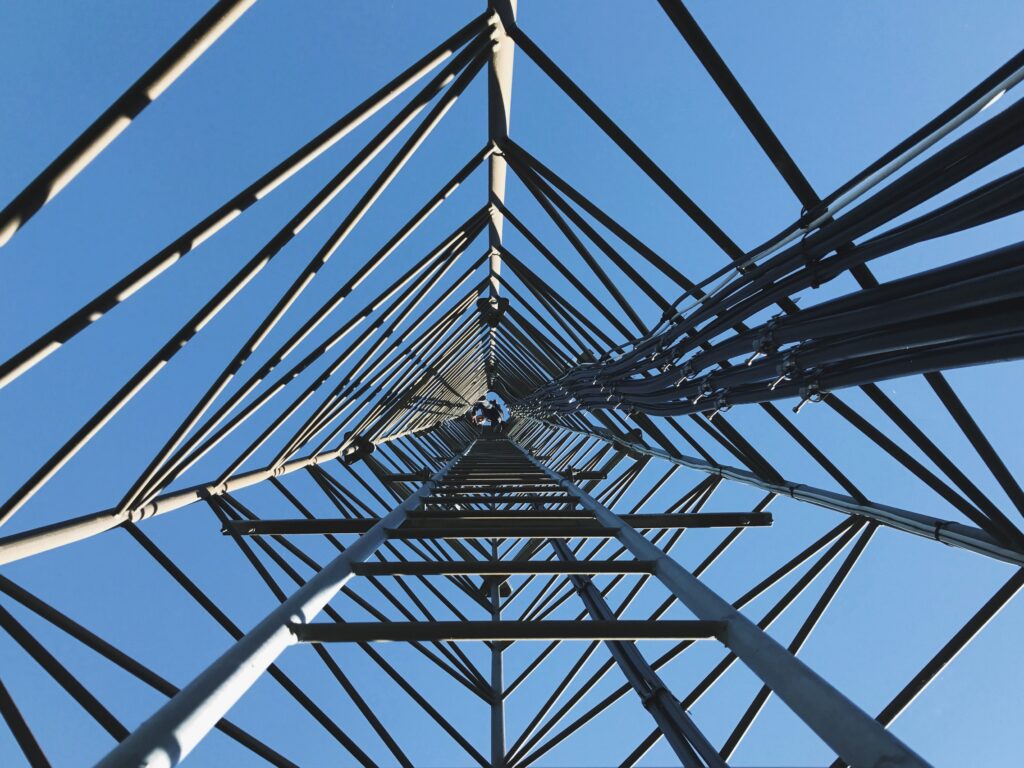Report by Colin Bracewell, Sector Manager for Structural Steel at Alcumus ISOQAR, a Notified Body for EN 1090.
BS EN 1090-2:2018 Execution of Steel Structures and Aluminium Structures – Technical Requirements for Steel Structures has been published and companies certified to the earlier standard need to take note of some important changes.
For those of you who aren’t aware, BS EN 1090 is a European Standard (identifiable through CE marking) that specifies requirements for execution of steel structures, in order to ensure adequate levels of mechanical resistance and stability, serviceability and durability.
Indeed, CE marking to BS EN 1090 is a legal requirement for structural steel products sold in Europe. All organisations who design and/or manufacture steel components must adhere to this standard.
The new version will be introduced on 1 January 2019. We will be auditing against the revised standard from that date (although not on that date – I will be recovering like the rest of you!)
Here are some of the more notable points from this new version:
- Removal of the default ‘EXC’ 2
The company will need to request the EXC Class if the designer or client does not highlight the requirement.
- Removal of the ‘U’ value regarding Supplementary NDT
This simplifies the % required as many companies were unaware of the meaning of the ‘U’ value which is the ‘Unity of Ratios’ and is much clearer especially for Butt Welds; however the thickness before Fillet Weld NDT is required is being raised to 30mm from 25mm. Companies also need to be aware of Table 14 & 15 in the standard as to the RWC competencies and thicknesses).
- Introduction of the concept of ‘Weld Inspection Class’
This is where project specific % for NDT may be considered.
- Initial Type Testing of the Thermal Cutting activity
This has been changed from‘periodic’ to ‘annual’ for automated processes.
- Holing
The requirement is now across the EXC range i.e. punching controls relaxed).
- Reinforcing Steel
Rebar is now included.
- 1090-4
For thin gauge, some requirements in the previous version of 1090-2 have been moved to 1090-4.
- 15614-1:2017
Level 2 taken from 15614-1:2017 is now in the new version of the standard at c 7.4.1.2 ‘Qualification of welding procedures’. Note: comments regarding Square & Rectangular Hollow Section – it may be necessary to consider 15613-1 regards new PQR’s.
Please keep checking for future updates as we learn more about the updated standards and its implications.
If you have any questions or would like a quote for certification, please don’t hesitate to get in touch.



